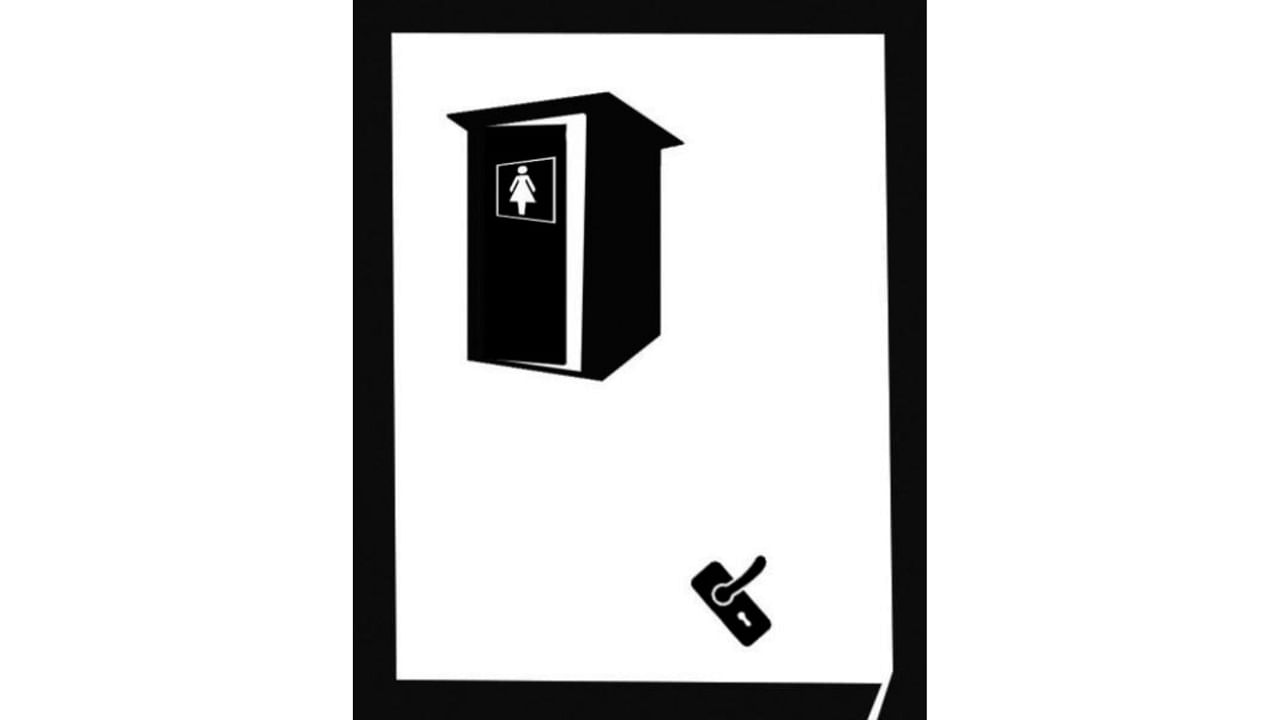
In India, girls tend to miss school six days a month due to their inability to manage their periods at school. To spread awareness about the embedded structural and social inequalities that girls face in Indian society, menstrual health remains at the top of the agenda. It’s an under-recognised social determinant of sexual and reproductive health and rights (SRHR), the building block to attaining gender equality outcomes. Access to safe menstrual periods has been a long battle for Indian women, particularly in rural areas and among poorer groups. According to the National Family Health Survey-5 (NFHS-5), 27 per cent of young rural women still use unhygienic absorbents during their menstrual period.
Various state governments like Rajasthan (Udaan), Uttar Pradesh (Kishori Suraksha Yojna), Bihar (Kishori Shakti Yojana), Madhya Pradesh (Udita Yojana), Maharashtra (Asmita), and Tripura (Kishori Suchita Abhiyaan) have implemented several schemes to distribute free or subsidised sanitary napkins in schools. In 2021, Raigarh district in Chhattisgarh launched ‘Pavna’, a unique community-based menstrual hygiene programme that envisages ensuring universal menstrual hygiene through indigenous strategies, and it has proven to be a turnaround in behaviour and usage patterns as it encourages women from within the community to be the agents of change.
Girls and young women face social and infrastructural barriers to menstrual health and hygiene practices. Structural challenges include inadequate sanitation infrastructure that is private, the provision of clean water and soap, and disposal facilities. Girls are often uninformed, unprepared, misinformed, and lack adequate support for understanding and managing menarche, menstruation, and puberty, resulting in fear, uncertainty, and potentially harmful behaviours.
Period poverty refers to the challenges young girls and women face, especially those from lower socio-economic strata, when they can’t afford to buy menstrual hygiene products. The unequal access to private, safe, and clean MHM spaces is largely driven by differences in wealth and education, as well as the infrastructural limitations of the household.
The lack of proper toilets makes the situation worse. According to UDISE (Unified District Information System for Education) data, of the 10.83 lakh government schools in the country, 15,000 have no toilets. Not having access to a safe toilet increases the risk of disease and abuse and creates major challenges for girls and women who are menstruating. Thus, micro-level interventions are needed to transform it into a macro-level change.
The Menstruation Benefit Bill was introduced in Parliament in 2018 by Ninong Ering, but it was withdrawn as members thought that it was an “unclean” topic. This only reflects the looming taboo surrounding discussion on menstruation. It is critical that policymakers, practitioners, and other relevant stakeholders adopt a multi-sectoral, comprehensive, and life-cycle approach to menstrual health grounded in human rights.
The lack of legislation and practice that is mindful of women’s lived realities relating to menstruation shows the gender inequality that exists in our society, in which women have to still justify and defend their need for menstrual health leave. Gloria Steinem (a writer, lecturer, political activist, and feminist organiser) said in her 1979 paper, “If Men Could Menstruate,” that “if men could menstruate and women could not, menstruation would become an enviable, worthy, masculine event: men would brag about how long and how much. If men men-struated, they would own it.” So, let’s own “womenstruation.”
Menstruation is a very normal part of women’s lives as a bodily experience, but it remains largely hidden and a hush-hush topic. Cultural taboos and limiting social norms make it challenging to communicate and teach about menstrual health in India. Social norms suggest that this is due to “menstrual etiquette,” the precept that women should keep menstruation concealed because it contains an element that is in some way offensive. Chhaupadi is a period taboo practised among Hindu communities in Nepal and India, in which menstruating women and girls are required to live outside of their homes in a shack. Not entering the ‘puja’ room is the major restriction among urban girls, whereas not entering the kitchen is the main restriction among rural girls during menstruation. Sanitary napkins are sold in chemist shops wrapped in newspapers or black polythene bags, perpetuating the “culture of silence” around periods.
A step forward: an equitable future
Families and community members must be motivated about the importance of building toilets in their homes. For effective MHM, it is essential to have toilet facilities along with water and soap so that women have a safe place to change and clean themselves. Doors with broken locks in schools raise the question of security. Thus, a menstrual-friendly environment in schools needs to be cultivated. Existing health education materials should be revised according to the Indian local context to implement a multigrade sequential education programme for Grades 6 to 8. Teachers and parents should be educated to conduct routine screening for menstrual problems, provide counselling, and offer guidance about reproductive health issues.
Policies should promote the adoption and use of sanitation facilities in a way that is sensitive to the unique needs of women as they transition through their life course. Menstruation is still a taboo topic, as there are fewer conversations around it because of ingrained stereotypes and misconceptions.
Let’s take micro steps like the inclusion of boys in menstrual education to reduce “period shame.” It is noteworthy that the Kerala government will soon extend menstrual leave for female students studying in all state universities coming under the Department of Higher Education, which sets a path for other state governments to act.
(The writers are with Social Economic Empowerment, IPE Global)